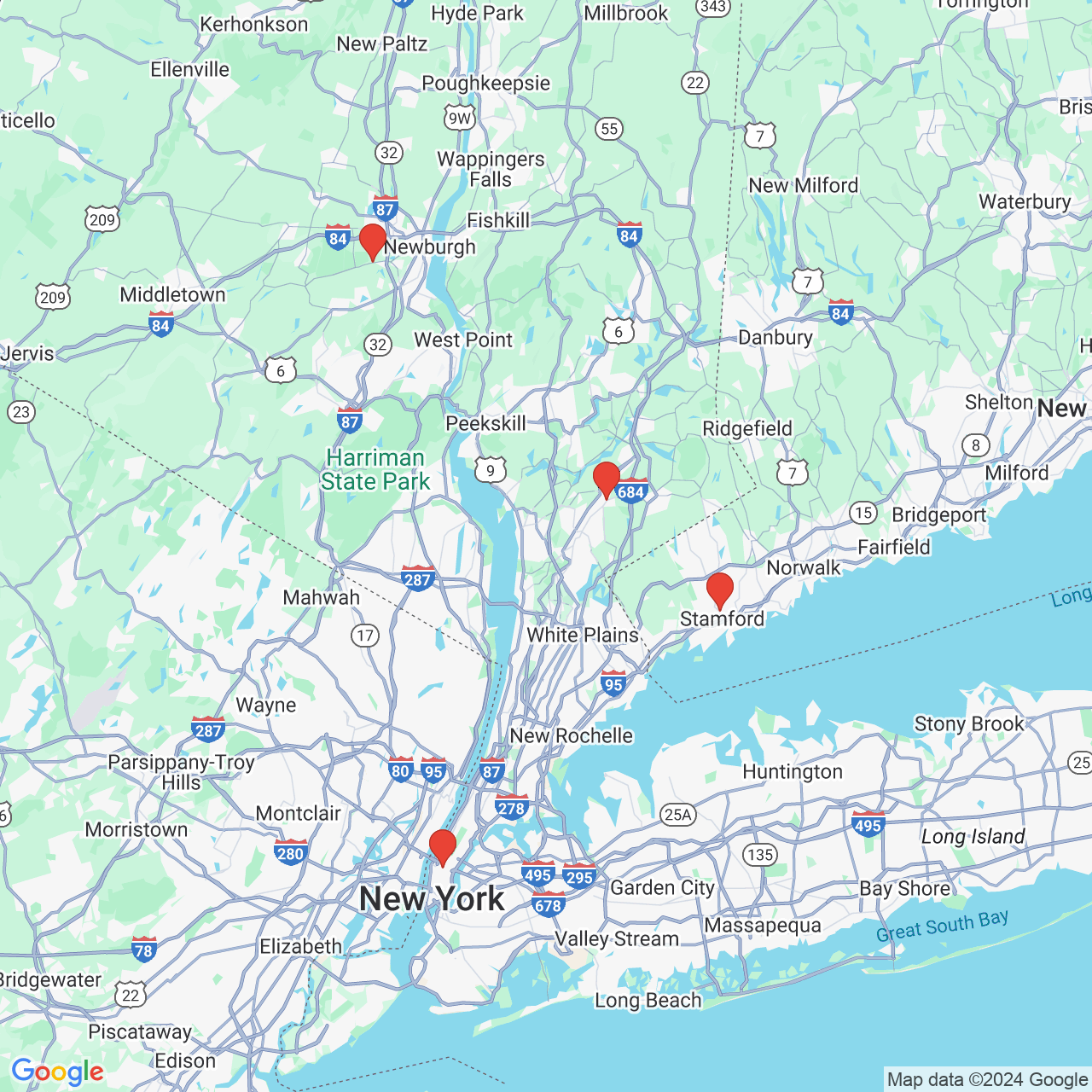Mastopexy (Breast Lift)
Woman may choose to have a symetrizing breast lift to match their reconstructed breast. Gravity, weight changes, pregnancy, and breastfeeding all cause changes on the breasts over time. The nipple areola complex and breast tissue can be rearranged to "lift" the breast using a variety of technqiues listed below. The technique chosen for the mastopexy is primarily dependent on the anatomy of each individual.
Vertical scar technique
The breast tissue is rearranged to "lift" the breast. The resulting scars are a midline scar from the areola to the base of the breast and a scar around the areola, which fade over time. This advantage of this technique is the excellent projection it can produce. The disadvantage of this technique is the waiting period for the breast to settle.
Anchor scar technique
The breast tissue is rearranged to "lift" the breast. The resulting scars are a scar around the areola, a midline scar from the areola to the base of the breast, and an inframammary fold scar (horizontal scar along the base of the breast). The inframammary scar may be hidden in the inframammary fold in some patients. The advantage of this technique is its versatility. The disadvantage of this technique is "bottoming out" of the tissue in some patients and the horizontal scar.
Implant Breast Augmentation
Very minimal breast lifts can sometimes be achieved with implant breast augmentation alone.
